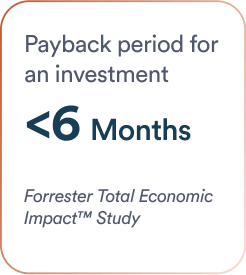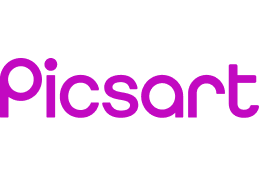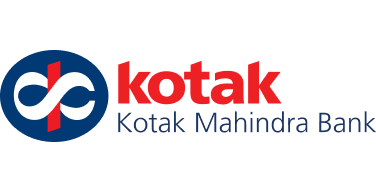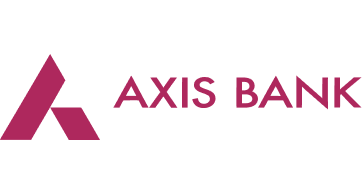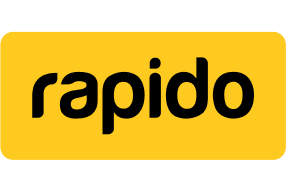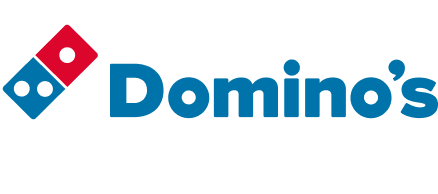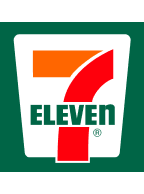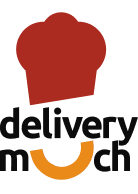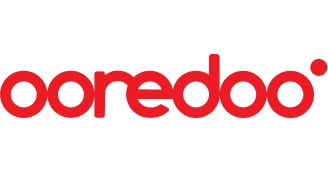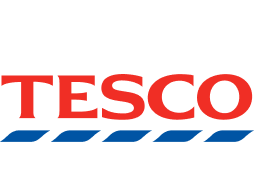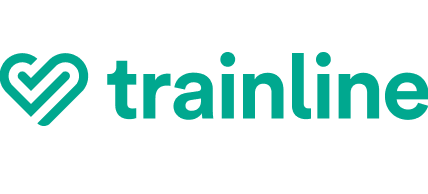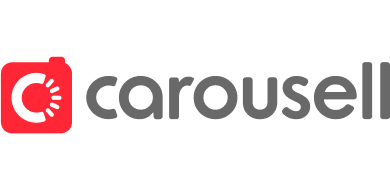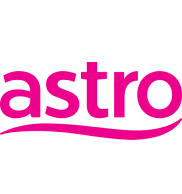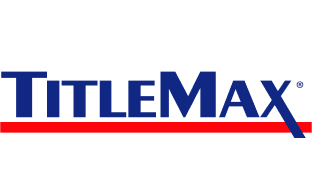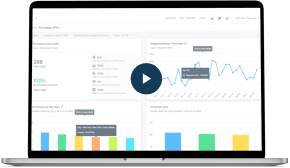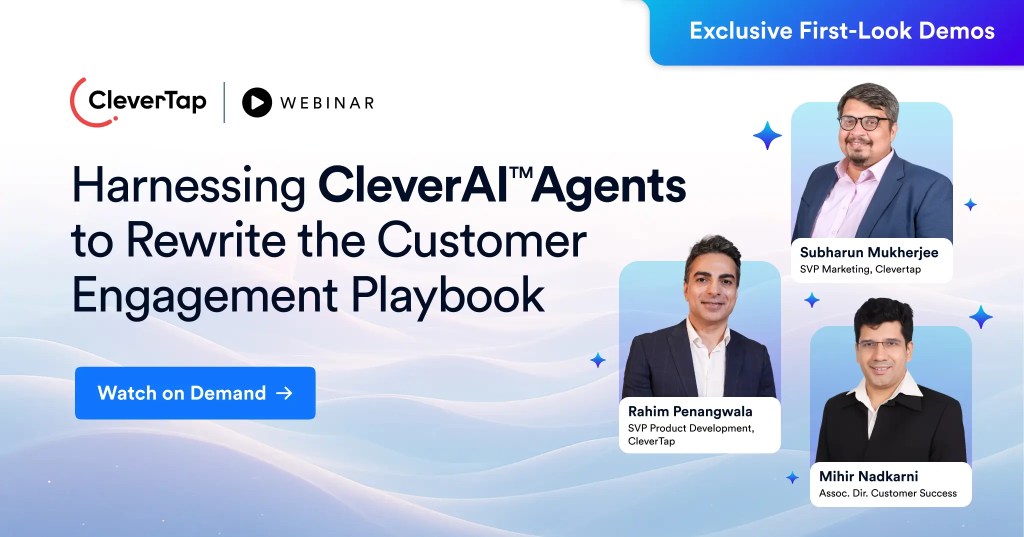Companies lose over $136 billion each year due to customers switching brands. Retaining customers is critical, and market segmentation is one of the most powerful tools to achieve it. Two of the most fundamental ways to segment a market are demographics and geographics – essentially, who your customers are and where they are.
This article will explore demographics and geographics in detail, highlight their differences, pros and cons, and guide you on choosing the right criteria so you can boost loyalty and customer lifetime value.
Demographic Vs. Geographic Segmentation at a Glance
Before diving deep, let’s compare demographic and geographic segmentation side by side. Below is a quick overview of their definitions, purposes, key variables, benefits, and limitations for retention marketing:
| Aspect | Demographic Segmentation | Geographic Segmentation |
|---|---|---|
| Definition | Segments customers based on who they are (personal traits) | Segments customers based on where they are (location-based factors) |
| Purpose | Identifies target audiences based on measurable characteristics to predict preferences and behaviors | Adapts marketing strategies based on regional needs, climate, and cultural differences |
| Key Variables | Age, gender, income, education, occupation | Country, city, zip code, climate, population density, local culture, and language |
| Benefits | – Easy to collect data – Cost-effective – Broad predictive power for targeting | – Enables highly relevant, localized marketing – Easy to implement – Supports logistics and distribution |
| Limitations | – Doesn’t explain motivations or attitudes – Can lead to oversimplification or stereotyping | – Overlooks individual variability within regions – Limited use cases if location is not a major factor |
Understanding Demographics and Geographics
Both demographic and geographic segmentation have unique strengths and weaknesses. Next, we’ll unpack each method in more detail.
Demographic Segmentation: Focusing on Who Your Customers Are
Demographic segmentation groups customers by who they are – their personal and socio-economic characteristics. It involves dividing the market based on measurable traits of individuals. This type of segmentation is popular because it’s intuitive, and data is often easy to obtain.
Key customer demographic variables used in marketing include:
- Age
- Gender
- Income Level
- Education & Occupation
The purpose of demographic segmentation is to identify your customer in a way that’s actionable. By knowing the age, gender, income, etc., you can create messages or product offerings that fit that profile.
However, customer demographics describe attributes, not attitudes. Just because two people fall into the same demographic group doesn’t guarantee they think or behave alike. That’s why demographics are often combined with other segmentation types for deeper insight.
Geographic Segmentation: Focusing on Where Your Customers Are
Geographic segmentation slices the market based on location and place-based factors. It groups customers by where they live or work: country, state, city, neighborhood, or even as granular as ZIP code. This method is straightforward but can be incredibly powerful for tailoring customer engagement and retention strategies to regional differences.
Key geographic factors used in segmentation include:
- Region (Location, City, Zip Code)
- Climate and Season
- Population Density (Urban vs. Rural)
- Local Culture & Language
- Timezone and Distance
The purpose of geographic segmentation is to ensure your marketing efforts are contextually relevant. Customers are more engaged when offers and messaging fit their locale. The underlying logic is that people in the same area may share needs or preferences influenced by their local environment.
Keep in mind that geographics by itself is a blunt tool – people in the same area can still be very different individuals. Nonetheless, geographic segmentation is a great way to customize broad strategies to local conditions, and it works especially well in combination with other criteria.
Advantages and Limitations of Segmentation Based on Demographics and Geographics
Both demographics and geographics offer clear benefits for marketers, but each also has limitations. Understanding these pros and cons will help you use these criteria effectively. Below, we compare the advantages and drawbacks of each.
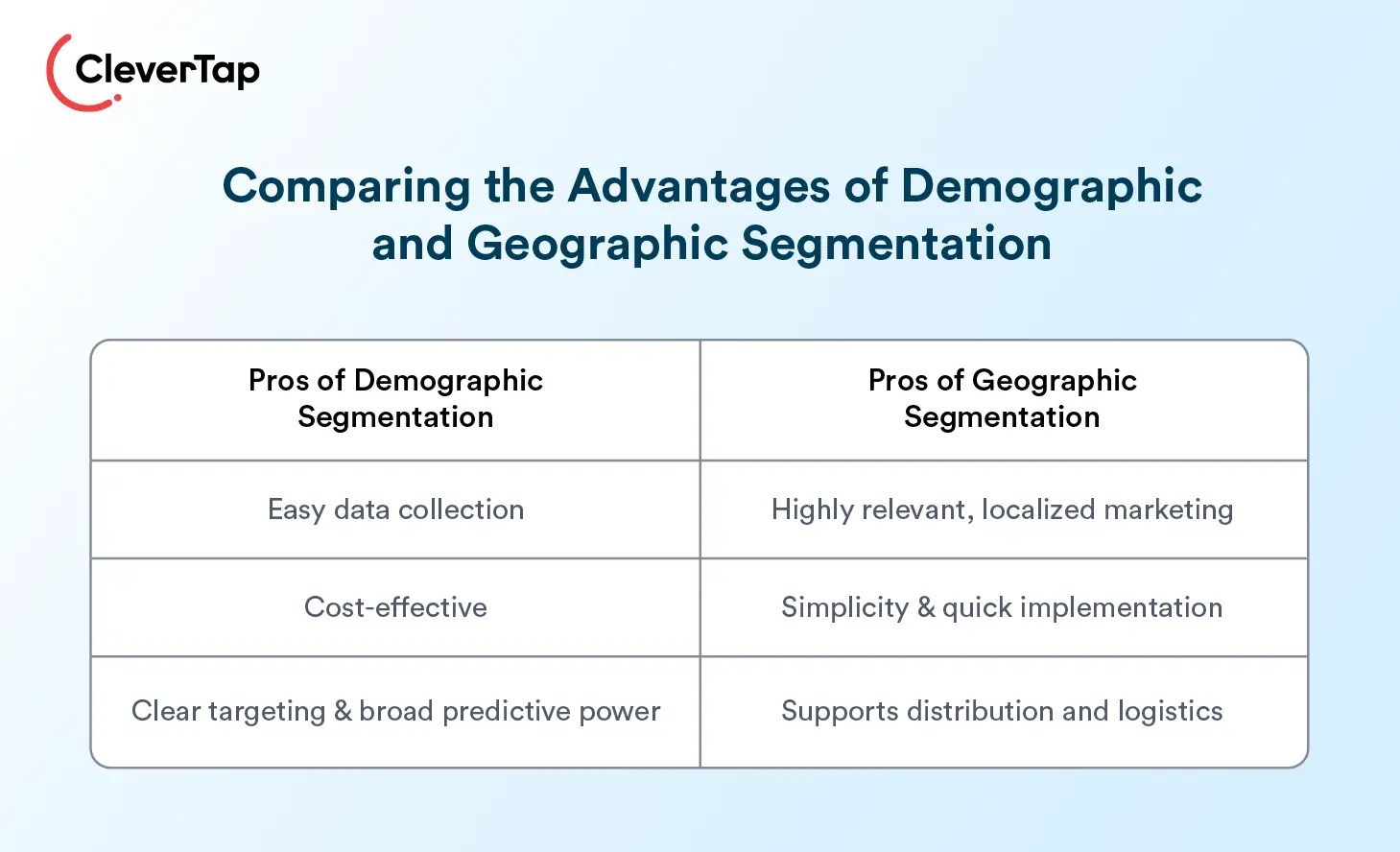
Pros of Demographic Segmentation
- Easy data collection & cost-effective: Demographic data is typically easy and inexpensive to obtain. Sources like census databases and market research reports provide a wealth of information. Many companies already have basic demographics of their customers from signup forms or purchase data (e.g., age or gender from user profiles). This means you can implement demographic segmentation quickly without heavy research costs.
- Clear targeting & broad predictive power: Because demographic groups are well-defined, crafting targeted campaigns is straightforward. Knowing someone’s demographic profile often lets marketers predict certain needs or behaviors in a broad sense.
For example, retailers use demographic trends to predict shopping behavior. By focusing on “who” the customer is, you can personalize messaging and expect it to align broadly with their interests. Moreover, demographic segmentation can increase marketing accuracy, since you’re directing offers to the customer groups most likely to be interested.
Pros of Geographic Segmentation
- Highly relevant, localized marketing: Geographic segmentation allows you to tailor marketing strategies to regional preferences and conditions. This often leads to more relevant campaigns, which in turn drive higher engagement. By aligning offers with local culture, climate, or needs, you show customers you understand their environment.
- Simplicity & quick implementation: Segmenting by geography is straightforward – you often only need one data point (location) to get started, making it easy to implement. With minimal analysis, you can deploy tactics like sending time-zone-adjusted messages or offering store pickup options nearest to the customer’s city. It’s a quick win for personalization. Additionally, geographic segmentation can help with operational efficiencies – for instance, focusing retention efforts in high-churn regions or adjusting service levels by region (improving delivery times in key markets).
- Supports distribution and logistics: A side benefit, beyond marketing communications, is that geographic segments help optimize distribution and service delivery. For a marketer, this could mean coordinating with operations to ensure popular products in a region are well-stocked or scheduling customer support availability according to local business hours.
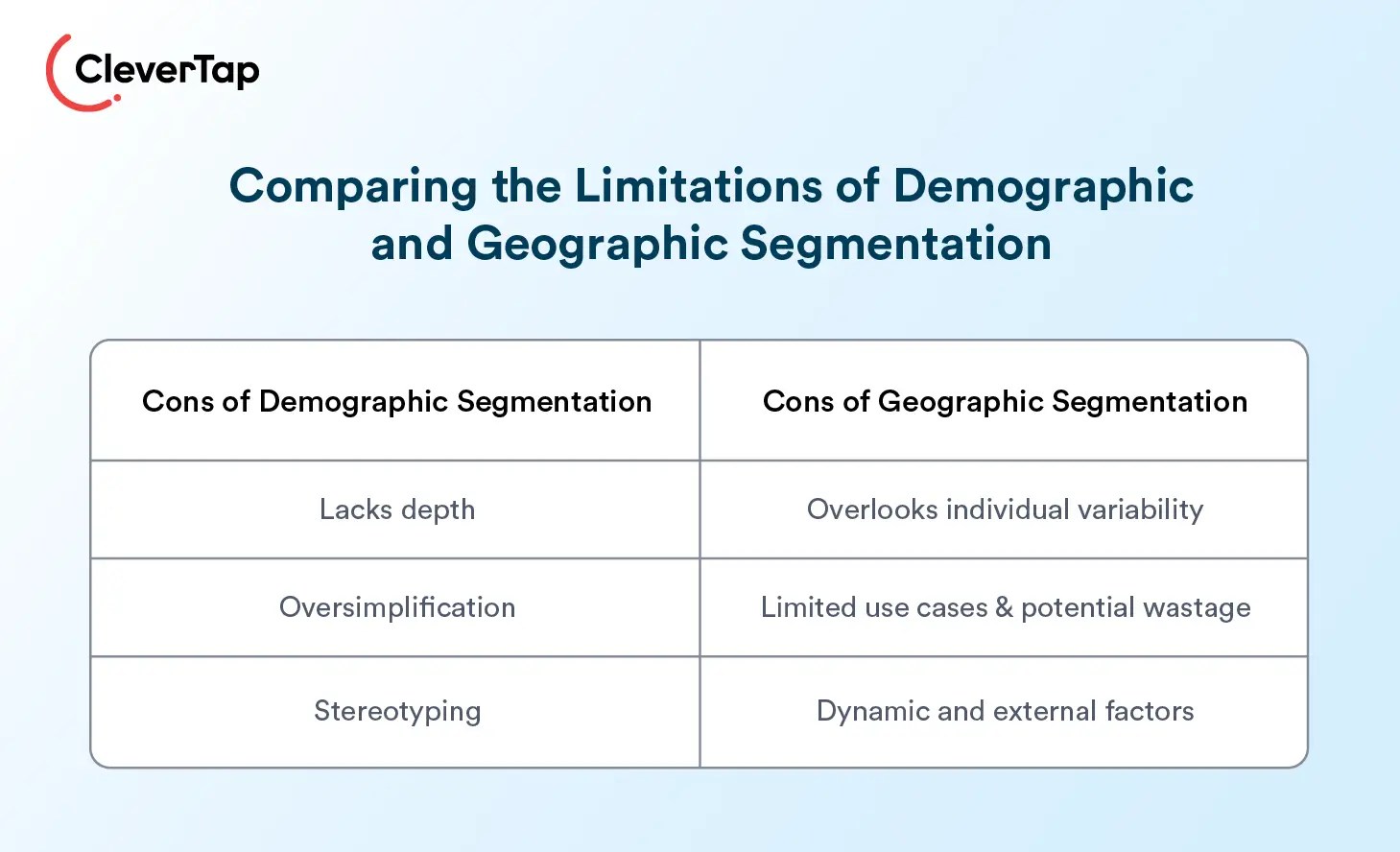
Cons of Demographic Segmentation
- Lacks depth – doesn’t explain why: Demographics alone often lack insight into the motivations or individual differences behind customer behavior. People are not defined solely by their age or income; you don’t know why they behave in a certain way. This limitation means that if you rely only on demographics, you risk treating all members of a group as if they were the same.
- Oversimplification & stereotyping: Because it deals in broad categories, demographic segmentation can lead to oversimplified assumptions. For instance, assuming “all Millennials have the same music taste“ would be a mistake. Over-reliance on demographic averages can cause you to overlook niche sub-segments. There’s also a risk of reinforcing stereotypes in your marketing – something to be wary of.
Cons of Geographic Segmentation
- Overlooks individual variability: A major limitation of geographic segmentation is that it can oversimplify customer behavior by assuming everyone in one area is similar. In reality, any geographic segment (even a neighborhood) contains diverse sub-groups. If you target only by location, you might miss out on the nuances of who those customers are.
- Limited use cases & potential wastage: Geographic segmentation is incredibly useful when location is a big factor in product relevance but less useful when it’s not. If your product appeal is universal and not region-dependent, you could end up creating separate campaigns for different areas that don’t actually need to be different. Additionally, focusing too tightly on certain regions might limit your reach or cause you to miss opportunities elsewhere.
- Dynamic and external factors: Geographic segments are subject to change due to external factors. Population shifts, weather events, or economic changes can alter a region’s behavior over time. A strategy that worked in one region last year might not work this year if, say, a competitor moved in, or local trends shifted.
In summary, demographic segmentation shines in its ease and familiarity, and geographic segmentation excels in making marketing locally relevant. The downside is that neither method captures the whole customer story on its own.
Choosing the Right Segmentation Criteria
Choosing between demographics and geographics as a segmentation criteria depends on business goals, available data, and customer base characteristics. Here’s how to align segmentation with retention marketing objectives.
Aligning Segmentation with Business Goals
Start by defining your objectives—reducing churn, increasing repeat purchases, or improving engagement in a specific region. The right segmentation type depends on what drives those outcomes.
Demographic segmentation is useful for predicting customer preferences and behaviors. For example, a SaaS company might segment existing users if they struggle with new features, leading to targeted re-engagement campaigns with additional guidance.
Geographic segmentation helps when patterns differ by location. A streaming service noticing lower retention in a certain region might identify localized content gaps and address them through region-specific licensing or location-based marketing.
Combining both can refine retention efforts. The most effective approach often blends multiple segmentation types for a more precise, actionable strategy.
Data Sources for Segmentation
Choosing the right criteria also involves knowing what data you have access to. Your segmentation approach is only as strong as your data quality. Use primary and secondary sources to enhance accuracy.
- Primary Data: First-party data collected from surveys, registration forms, CRM systems, or loyalty programs. This data is highly specific to your customer base, ensuring personalization accuracy.
- Secondary Data: Publicly available sources like census data, industry reports, and market research databases. These are valuable for estimating demographics by region, especially when expanding to new markets.
Ensure that your data is current and accurate. Outdated customer records (e.g., old addresses or income brackets) can lead to mis-targeting. Regular data refreshes—such as profile updates and enrichment tools—are essential for keeping segmentation effective.
Privacy and Ethical Considerations
Customers are more likely to engage with brands that respect data privacy. Be transparent when collecting demographic data, and only gather what’s necessary. If using geographic segmentation based on location tracking, ensure compliance with privacy laws and secure opt-in consent.
See how the 10 best customer segmentation platforms compare, then choose the one that works best for you.
Combining Demographics and Geographics
Rather than choosing demographic vs. geographic, many successful marketing strategies use a blend of both. Combining these criteria can create granular segments that are highly targeted. This approach is called geodemographic segmentation (or geo-cluster segmentation), where you identify population clusters defined by both who they are and where they are.
Geodemographic segmentation variables help overcome the individual limitations of each method. Demographics give you the personal traits, geographics give you the environmental context – together, you get the full picture.
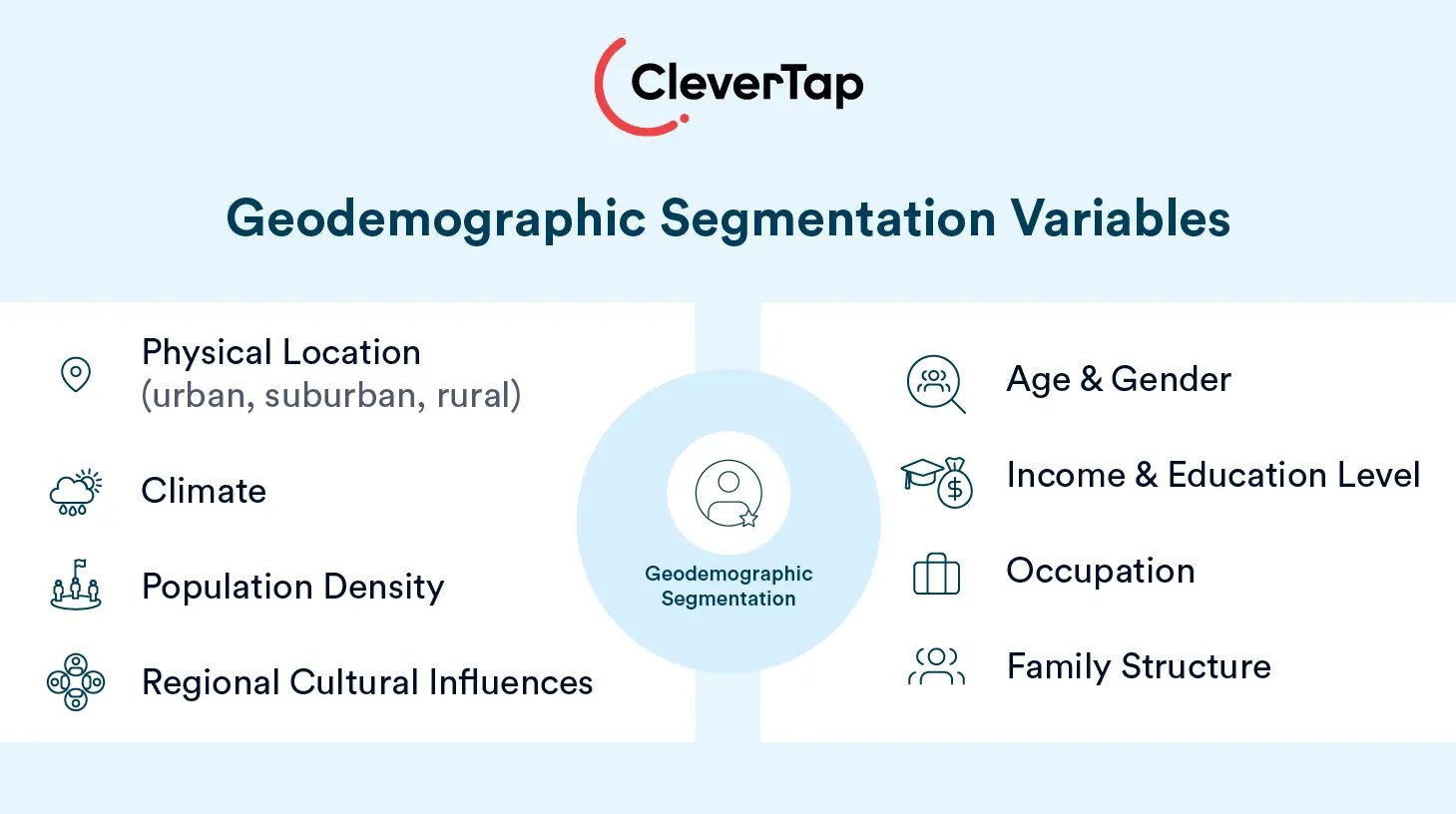
For example, a grocery delivery service might segment customers into:
- Urban young singles: Promoted quick meal kits with one-hour delivery.
- Suburban families: Received bulk-buy discounts and weekend delivery perks.
- Rural seniors: Offered a dedicated phone hotline and longer order windows.
How CleverTap Helps You Personalize Marketing Strategies Using Demographics and Geographics
CleverTap empowers brands with sophisticated demographic and geographic segmentation, enabling highly personalized customer engagement at scale. By leveraging TesseractDB™, CleverTap stores unlimited user attributes and behaviors over a 10-year lookback period, ensuring deep context for segmentation.
Demographic Segmentation
CleverTap allows businesses to segment users based on:
- Age, Gender, Income, and Interests
- Customer Lifecycle Stage (New Users, Repeat Buyers, High-Value Customers)
- Behavioral Trends (Purchase Frequency, Engagement Levels)
Through AI-driven segmentation, businesses can identify high-value users, at-risk customers, and potential churners in real time, allowing for precise targeting with tailored messaging.
Geographic Segmentation
CleverTap enables businesses to personalize marketing efforts based on:
- User Location (Country, City, Region)
- Time Zone-Based Engagement
- Geo-Fencing and Hyperlocal Targeting (e.g., triggering location-based push notifications or offers)
With real-time segmentation capabilities, CleverTap ensures businesses can engage users with relevant offers, promotions, and experiences tailored to their demographics and location, driving higher conversion rates and long-term loyalty.
Deliver Value to Your Customer With Demographics and Geographics
One-size-fits-all is a recipe for losing customers. Demographics and geographics are two foundational tools that allow you to break down a broad customer base into addressable segments so you can deliver the right message or experience to the right people.
Whether you use demographics and geographics, or other methods of segmentation, the end goal is the same: deliver value to the customer in a way that feels tailor-made. Do that well, and you’ll not only retain your customers longer but also turn them into advocates. Above all, think customer-first.
Shivkumar M 
Head Product Launches, Adoption, & Evangelism.Expert in cross channel marketing strategies & platforms.
Free Customer Engagement Guides
Join our newsletter for actionable tips and proven strategies to grow your business and engage your customers.



